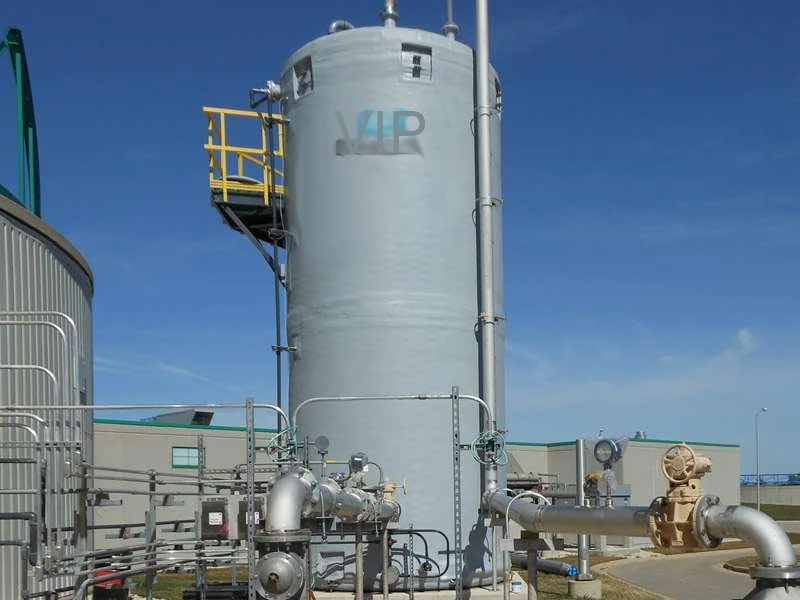
-
 Afrikaans
Afrikaans -
 Albanian
Albanian -
 Amharic
Amharic -
 Arabic
Arabic -
 Armenian
Armenian -
 Azerbaijani
Azerbaijani -
 Basque
Basque -
 Belarusian
Belarusian -
 Bengali
Bengali -
 Bosnian
Bosnian -
 Bulgarian
Bulgarian -
 Catalan
Catalan -
 Cebuano
Cebuano -
 China
China -
 China (Taiwan)
China (Taiwan) -
 Corsican
Corsican -
 Croatian
Croatian -
 Czech
Czech -
 Danish
Danish -
 Dutch
Dutch -
 English
English -
 Esperanto
Esperanto -
 Estonian
Estonian -
 Finnish
Finnish -
 French
French -
 Frisian
Frisian -
 Galician
Galician -
 Georgian
Georgian -
 German
German -
 Greek
Greek -
 Gujarati
Gujarati -
 Haitian Creole
Haitian Creole -
 hausa
hausa -
 hawaiian
hawaiian -
 Hebrew
Hebrew -
 Hindi
Hindi -
 Miao
Miao -
 Hungarian
Hungarian -
 Icelandic
Icelandic -
 igbo
igbo -
 Indonesian
Indonesian -
 irish
irish -
 Italian
Italian -
 Japanese
Japanese -
 Javanese
Javanese -
 Kannada
Kannada -
 kazakh
kazakh -
 Khmer
Khmer -
 Rwandese
Rwandese -
 Korean
Korean -
 Kurdish
Kurdish -
 Kyrgyz
Kyrgyz -
 Lao
Lao -
 Latin
Latin -
 Latvian
Latvian -
 Lithuanian
Lithuanian -
 Luxembourgish
Luxembourgish -
 Macedonian
Macedonian -
 Malgashi
Malgashi -
 Malay
Malay -
 Malayalam
Malayalam -
 Maltese
Maltese -
 Maori
Maori -
 Marathi
Marathi -
 Mongolian
Mongolian -
 Myanmar
Myanmar -
 Nepali
Nepali -
 Norwegian
Norwegian -
 Norwegian
Norwegian -
 Occitan
Occitan -
 Pashto
Pashto -
 Persian
Persian -
 Polish
Polish -
 Portuguese
Portuguese -
 Punjabi
Punjabi -
 Romanian
Romanian -
 Russian
Russian -
 Samoan
Samoan -
 Scottish Gaelic
Scottish Gaelic -
 Serbian
Serbian -
 Sesotho
Sesotho -
 Shona
Shona -
 Sindhi
Sindhi -
 Sinhala
Sinhala -
 Slovak
Slovak -
 Slovenian
Slovenian -
 Somali
Somali -
 Spanish
Spanish -
 Sundanese
Sundanese -
 Swahili
Swahili -
 Swedish
Swedish -
 Tagalog
Tagalog -
 Tajik
Tajik -
 Tamil
Tamil -
 Tatar
Tatar -
 Telugu
Telugu -
 Thai
Thai -
 Turkish
Turkish -
 Turkmen
Turkmen -
 Ukrainian
Ukrainian -
 Urdu
Urdu -
 Uighur
Uighur -
 Uzbek
Uzbek -
 Vietnamese
Vietnamese -
 Welsh
Welsh -
 Bantu
Bantu -
 Yiddish
Yiddish -
 Yoruba
Yoruba -
 Zulu
Zulu
frp step
Understanding FRP Step A Comprehensive Overview
Fiber Reinforced Polymer (FRP) technology has revolutionized the construction and engineering sectors, offering exceptional strength-to-weight ratios and resistance to corroding elements. FRP is a composite material made by combining a polymer matrix with fiber reinforcement, which can include materials like glass, carbon, or aramid fibers. One significant application of FRP is in the development of sustainable infrastructures, such as pedestrian walkways, bridges, and even structural components.
The Step-by-Step Approach to FRP Application
Utilizing FRP in construction involves several critical steps that ensure the successful implementation of this advanced material. Let’s delve into these steps
1. Material Selection The first step in any FRP project is selecting the appropriate type of fiber and resin system. Each kind of fiber offers unique characteristics, such as specific tensile strength, flexibility, and resistance to environmental conditions. For instance, glass fiber is commonly used for its affordability and strength, while carbon fiber is chosen for applications requiring higher performance and durability.
2. Design Phase Once the materials are selected, the next step is the design phase. Engineers utilize computer-aided design (CAD) software to model the structure’s requirements. During this stage, factors like load-bearing capacity, environmental exposure, and compliance with safety standards are critically evaluated. The design must incorporate the unique properties of FRP, including its anisotropic nature, which means that its strength varies depending on the direction of the applied force.
frp step

3. Manufacturing After completing the design, the manufacturing process begins. FRP components are usually produced through processes like pultrusion, resin transfer molding, or filament winding. These methods ensure that the fibers are impregnated with resin and formed into the desired shape with precision. The choice of manufacturing technique greatly affects the quality, performance, and cost of the final product.
4. Testing and Evaluation Before any FRP component can be deployed, it undergoes rigorous testing to evaluate its performance and safety. This involves mechanical testing, such as tensile strength, flexural strength, and shear tests, as well as environmental tests to assess durability against moisture, UV light, and chemical exposure. These tests are crucial to ensure that the FRP components meet all relevant industry standards and regulations.
5. Installation Once tested, the FRP components are ready for installation. This step requires careful planning and coordination to ensure that the structures are assembled correctly. Installation techniques may differ based on the design and required application, but typically involve the use of adhesives or mechanical fastening methods.
6. Maintenance and Monitoring Finally, after the installation, ongoing maintenance and monitoring are essential for ensuring longevity. Although FRP is known for its durability, regular inspections can help identify any potential issues, such as delamination or surface wear. Utilizing advanced monitoring systems can further enhance the lifespan of FRP structures.
Conclusion
The implementation of FRP technology epitomizes innovation in engineering design and construction practices. By following a systematic approach—ranging from material selection and design to testing, installation, and maintenance—professionals can harness the full capabilities of FRP. This multi-step process not only enhances the performance and sustainable qualities of infrastructures but also sets the stage for future advancements in material science and construction engineering. As the industry continues to evolve, the contribution of FRP technology will undoubtedly play a vital role in shaping a more resilient and efficient built environment.









